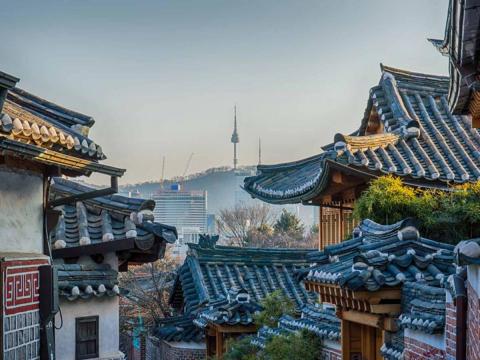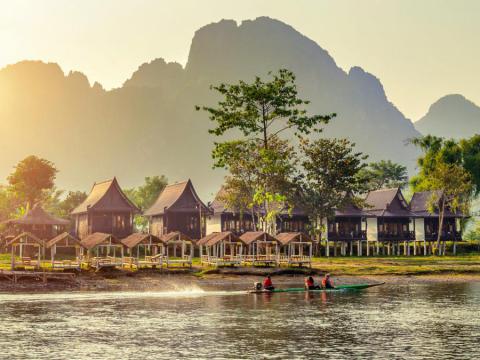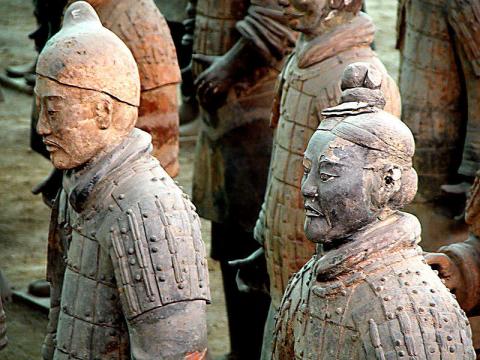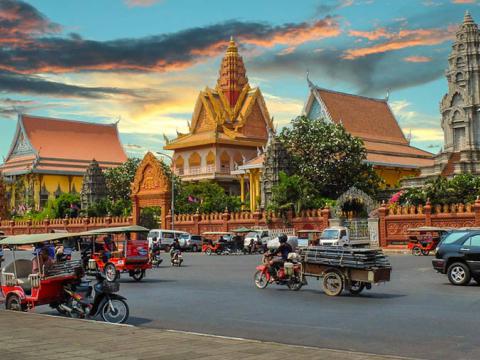South Korea in a Nutshell
South Korea, officially the Republic of Korea, is an East Asian nation. Korea, also known as the "Land of the Morning Calm," has long served as a cultural bridge between its neighbors, China and Japan. South Korea has risen from the ashes of its troubled history to become one of the world's main economic forces. Since the turn of the century, South Korean pop culture has become immensely popular in East Asia, making it a popular tourist destination.
South Korea has a very homogeneous population, with almost all native inhabitants identifying as ethnically Korean and speaking Korean. However, demographics are shifting, with the number of immigrants surpassing one million for the first time in South Korean history. The Chinese are the largest resident minority, numbering about 440,000 people, but the majority of them are Chinese residents of Korean ancestry. Staff from Mongolia, Bangladesh, Southeast Asia, and other parts of the world are also present. A group of 20,000 English teachers from anglophone countries is dispersed throughout the world. There have been 30,000 American military forces posted here for a long time. South Korea's vast and rising economy has drawn people from all over the world, and Seoul's reputation as a leading financial hub has attracted many financial professionals from North America, Europe, and Japan.
It is one of the world's most heavily populated countries, but it also has one of the lowest birth rates (1.21 children per woman). Dealing with this extremely low birthrate would be one of the country's major challenges in the twenty-first century. Confucian beliefs about the value of a male heir have resulted in a highly skewed sex ratio of approximately 112 men for every 100 women, leading many Korean men in rural areas to seek wives from other countries such as China, Vietnam, and the Philippines. Approximately 85 percent of South Koreans live in cities.
Traditional Korean culture is heavily influenced by China, owing to its long association with the Chinese cultural sphere. Despite this, many fundamental distinctions persist, and Korea has managed to maintain a distinct cultural identity from its larger neighbor. Koreans are intensely proud of their roots and their refusal to submit to outside dominance.
Korea's prevailing philosophy during the Joseon dynasty was a strict type of Confucianism, perhaps even stricter than the Chinese original. The people were divided into a rigid hierarchy, with the king at the top, an aristocracy of officials and warriors and a select community of nobility (yangban) beneath him, a middle class of petty civil servants beneath them, and a large population of commoners at the bottom. The trained were superior to the uneducated, women served men, and everyone had to play a specific role or face serious consequences. Korea introduced its own variant of the imperial examination system invented by and used in China to appoint officials, resulting in a premodern meritocracy for government, but unlike the Chinese version, the Korean version was primarily restricted to the yangban and chungin classes. Buddhism was effectively suppressed during the Goryeo dynasty's final stages due to widespread corruption and greed among monks and temples. While the Joseon dynasty ended in 1910, its legacy lives on in Korean culture: education and hard work are valued above all else, workers are required to be unquestioningly loyal to their employers, and women continue to fight for equality.
Koreans claim that their cuisine, literature, and Hangul script are what distinguishes them from other Asian cultures. Outsiders will note their intense modernity, which is balanced by a well-developed artistic and architectural joie de vivre. Nothing goes unnoticed if it can be avoided, and they have a flair for chic interior design. South Korea also has a thriving film and television industry, and the country is one of only a few in the world where local films outsell Hollywood films.
South Koreans are deeply rooted in many ancient rituals dating back thousands of years, and they are also fascinated with cutting-edge technology. Consumer electronics with incredible advanced technologies are designed and manufactured by themselves, and are often many years ahead of the rest of the world.
South Korea has a large number of Christians (18% Protestants, 11% Roman Catholics) and Buddhists (23% practicing, 47% non-practicing), with churches in towns and temples and monasteries on hills. Over a third of the population does not adhere to any organized religion, but the majority of people (including Christians) are still heavily influenced by traditional Korean Buddhist and Confucian philosophies that have permeated the Korean cultural history. In some parts of the region, Islam and local religions are also practiced.
Last modified on 04/30/2021 - 07:41
Towns
Currently there are no places in South Korea.
Currently there are no articles about South Korea.
Currently there are no trip reports about South Korea.
Currently there are no photo of South Korea.
Currently there are no videos of South Korea.





